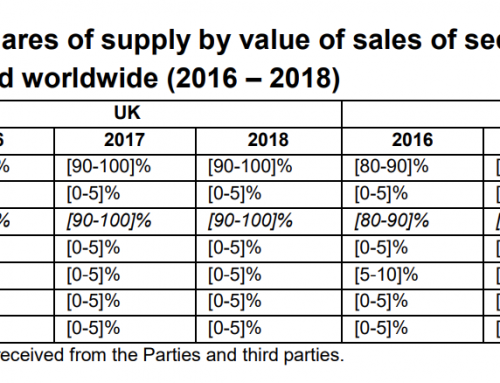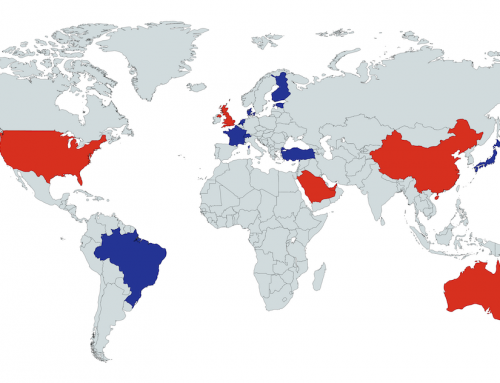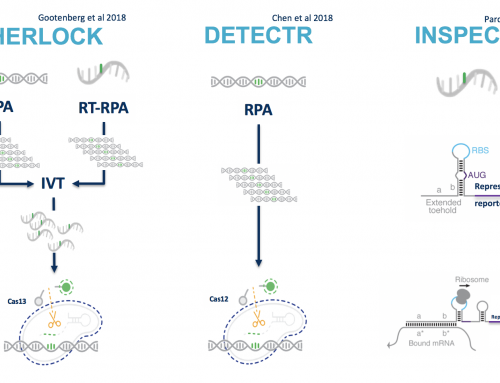General reviews:
Applications of next-generation sequencing technologies in functional genomics.
Finding the fifth base: genome-wide sequencing of cytosine methylation.
Whole-genome re-sequencing.
Next-generation DNA sequencing.
Sequencing technologies – the next generation.
The real cost of sequencing: higher than you think!
Sequence census methods for functional genomics.
Cancer genomics:
Cancer genome sequencing: a review.
Next-generation sequencing.
Identification of somatically acquired rearrangements in cancer using genome-wide massively parallel paired-end sequencing.
A comprehensive catalogue of somatic mutations from a human cancer genome.
A small-cell lung cancer genome with complex signatures of tobacco exposure.
Illumina sequencing:
Accurate whole human genome sequencing using reversible terminator chemistry.
A large genome center’s improvements to the Illumina sequencing system.
Rapid, low-input, low-bias construction of shotgun fragment libraries by high-density in vitro transposition.
Whole-genome sequencing for analysis of an outbreak of meticillin-resistant Staphylococcus aureus: a descriptive study.
Ion Torrent sequencing:
An integrated semiconductor device enabling non-optical genome sequencing.
A Torrent of data: mapping chromatin organization using 5C and high-throughput sequencing.
Performance comparison of benchtop high-throughput sequencing platforms
Roche/454 sequencing:
Genome sequencing in microfabricated high-density picolitre reactors.The complete genome of an individual by massively parallel DNA sequencing
RNA-seq:
Mapping and quantifying mammalian transcriptomes by RNA-Seq.
Transcriptome sequencing to detect gene fusions in cancer.
RNA-Seq: a revolutionary tool for transcriptomics.
Current-generation high-throughput sequencing: deepening insights into mammalian transcriptomes.
Is sequencing enlightenment ending the dark age of the transcriptome?
Full-length mRNA-Seq from single-cell levels of RNA and individual circulating tumor cells.
Comprehensive comparative analysis of strand-specific rnA sequencing methods
ChIP-seq:
High-resolution profiling of histone methylations in the human genome.
FOXA1 is a key determinant of estrogen receptor function and endocrine response.
Genome-wide mapping of in vivo protein–DNA interactions.
Applications of next-generation sequencing technologies in functional genomics. Genomics.
ChIP-seq: Using high-throughput sequencing to discover protein–DNA interactions.
Five-Vertebrate ChIP-seq Reveals the Evolutionary Dynamics of Transcription Factor Binding Science.
Genome capture:
Target-enrichment strategies for next-generation sequencing.
Exome sequencing as a tool for Mendelian disease gene discovery.
Carrier Testing for Severe Childhood Recessive Diseases by Next-Generation Sequencing
Noninvasive identification and monitoring of cancer mutations by targeted deep sequencing of plasma DNA.








Great post James – really informative. Do you have any tips on the practical aspect of NGS e.g. for library prep?
Cheers,
Rob
Great list! You may want to add (for pathogen/infectious disease people):
Westermann, A. J., Gorski, S. a., and Vogel, J. (2012). Dual RNA-seq of pathogen and host. Nature reviews. Microbiology 10, 618–630.
Available at: http://www.nature.com/doifinder/10.1038/nrmicro2852
** Excellent paper – although I think 500M reads for mammalian transcriptome RNA-Seq is overkill for most applications.
and
Loman, N. J., Constantinidou, C., Chan, J. Z. M., Halachev, M., Sergeant, M., Penn, C. W., Robinson, E. R., and Pallen, M. J. (2012). High-throughput bacterial genome sequencing: an embarrassment of choice, a world of opportunity. Nature reviews. Microbiology 10, 599–606.
Available at: http://www.nature.com/doifinder/10.1038/nrmicro2850